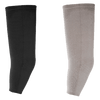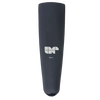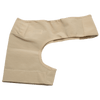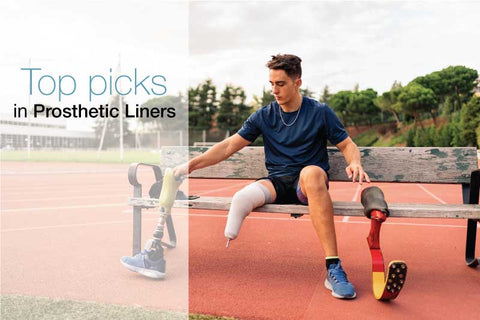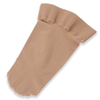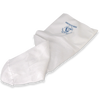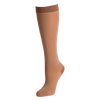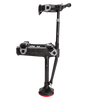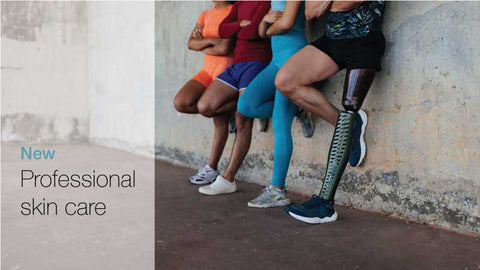How Different Prosthetic Feet Affect Walking When Carrying Weight
Reading Time: 3 minutes
For individuals with lower-limb loss, choosing the right prosthetic foot and weight category is crucial for their ability to move around efficiently, especially when carrying something heavy, such as a toddler or a heavy backpack. This highlights the need for the right prosthetic design.

A recent study published in the journal Clinical Biomechanics looked into how different prosthetic foot designs affect walking, particularly when carrying additional weight. The results of this study can help individuals with lower-limb loss work better with their healthcare teams to find the right fit for their needs.
The study
Researchers examined five different types of prosthetic feet to see how they performed while walking with added weight. Study participants were tested while carrying various loads to simulate real-life situations where someone might need to carry items while wearing their prosthetic.
The researchers measured factors such as walking speed, energy use, and movement stability to determine which prosthetic design worked best under these conditions.
Results
The study found that some prosthetic feet offer better body support and use energy more efficiently, especially when carrying heavier loads. These models help users walk more naturally and reduce physical strain.
For users carrying a load on their back, a powered ankle-foot offers extra body support. However, if someone is carrying a load in front of them and needs help moving forward, using a heel wedge was more effective than using a stiffer or powered prosthetic foot. When it comes to balance while moving side-to-side, none of the tested prosthetic foot types showed clear advantages.
Lastly, when carrying a load in front, the standard heel wedge and dual keel foot designs provide better balance control than the powered foot. A dual-keel design incorporates a full-length primary keel and a secondary, load-activated keel.
A dual-keel design works this way: when an additional load (up to 30% of the user's body weight) is carried in the front, the primary keel progressively comes into contact with the upper keel, providing incremental support.

This dual-keel prosthetic foot is designed to accommodate added weight when lifting or carrying heavy objects.
Why this matters
Understanding how prosthetic users prefer to carry loads is crucial when selecting a prosthetic foot, especially for those who often need to transport heavy items. This insight helps improve the connection between prosthetic design and walking performance under different load conditions.
What prosthetic foot type do you use? Does it support you when carrying heavy loads?
Related reading:
Trias Prosthetic Foot: Closer to Nature’s Design
Do Lower-Limb Amputees Pay Attention to Their Prosthetic Foot When Walking?

